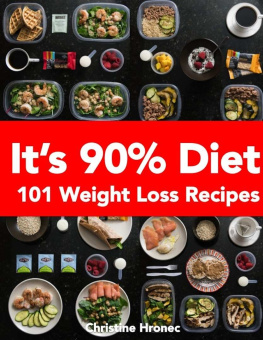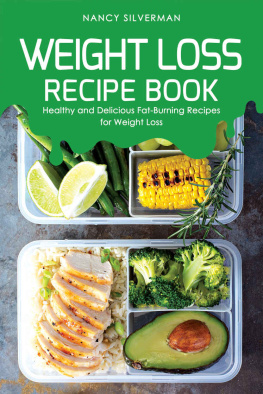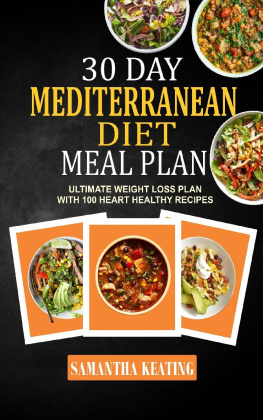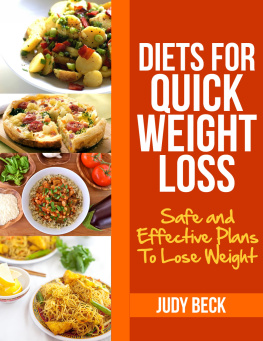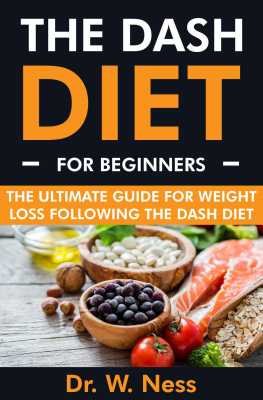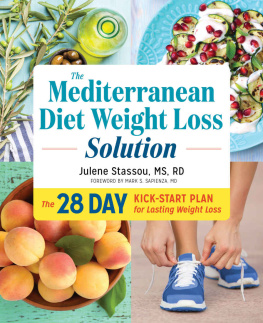Its 90% Diet
101 Weight Loss Recipes
By Christine Hronec
Dedicated to my love.
If you want something go get it. Period.- Will Smith
Preface
This is not medical advice and the statements in this book are not intended to diagnose, treat, cure, or prevent a disease. These statements have not been evaluated by the FDA. Do not undergo this regime if you have any pre-existing medical conditions or if you are using any over the counter prescription medication. If you experience any adverse side effects of the recipes outlined in this book discontinue use and consult your health care professional. These recipes contain ingredients that include gluten, soy, dairy, shellfish, and nuts. Proceed with caution if you have any specific allergies. Consult with your physician and/or nutritionist prior to using the recipes recommended in this book.
Contents
About The Author
Christine Hronec is an author, engineer, nutrition scientist, and national level NPC bikini fitness competitor. Holding a B.S and M.S. in Chemical and Biological Engineering from Drexel University, Christine got her start at Fortune 100 Company DuPont as a chemical engineer for 6 years before branching out as an entrepreneur with small and mid-size start-up companies in the biotech and nutraceutical industries.

Christine is an owning partner of Muscle Gauge Nutrition, a dietary supplement manufacturing company, and the founder and CEO of Gauge Girl Training, an online nutrition and fitness coaching service. Her mission is to create effective meal and training plans that are effective, yet affordable.
Introduction
American culture has no shortage of fitness fads if one takes a look over the last 3 decades at all the things the masses have tried in the vain attempts to lose weight. Everything from rollerblading, taebo, ab rollers, distance running, p90x, and now zumba have the masses getting their heart rates up all in the efforts of losing weight. Yet according to the Presidents Council on Fitness, Sports, and Nutrition only less than 5% of adults participate in 30 minutes of daily physical activity and that only one in three adults receive the recommended amount of physical activity per week to maintain a healthy weight.
While physical activity is defined as anything that gets your body moving, the Center of Disease Control and Prevention uses this definition for the physical activity standard for the average adult as 150 minutes of moderate-intensity aerobic activity (i.e. brisk walking) AND muscle strengthening activities 2 or more days per week that work all major muscle groups (legs, back, abdomen, chest, shoulders, and arms). The average American woman over age 20 weighing ~166lbs at 54, would need to burn approximately 900 calories per week to keep up with the basic physical activity standard requirement for general health. The average American man over age 20 weighing 195lbs at 59, would need to burn approximately 1170 calories per week to keep up with the same basic activity level standard.
To lose one pound per week, one needs to burn 3500 calories per week or create a deficit of 500 calories per day through a combination of reduced food intake and boosted energy expenditure. This goal would require one to burn an additional 2600 calories per week above the standard for general health. The most common approach to weight loss includes a primary focus on exercise. While boosting exercise will certainly help, the reality is that ones diet has a more significant impact on achieving actual weight loss as opposed to exercise.
For example, a McDonalds extra value meal contains over 1300 calories (The Big Mac Extra Value Meal has three components: a Big Mac, a large order of french fries, and a medium soda. The McDonalds site tells us that a Big Mac has 540 calories, a large fries has 570 and a medium Coke has 210, for a total of 1,320 calories). For 15 minutes of mindless eating, the average woman would need to run a half marathon or 13.1 miles in 2 hours and 10 minutes to burn off the same amount of calories just to keep from gaining weight.
The reality is that you cannot compete with what you eat. The body has a constant demand for energy to perform basic functions such as breathing, pumping blood, resting, sitting, working, and exercising. A calorie is a unit of energy. Most people associate calories with food and exercise, however anything that contains energy has calories. The energy in one gallon of gasoline is equivalent to 31,500 calories of food for frame of reference. Only one of two things can happen with the calories consumed from food, it will either be converted to physical energy or stored in the body as fat. Just as gasoline added to an automobile will either be used as fuel to set the vehicle in motion, or remain stored in the gas tank. Any excess calories remain stored in the body as fat unless the body draws on these reverses for energy or physical activity is increased causing the body to burn more calories. That all sounds great on paper, setting this principle into action is what has the majority of people perpetually cycling between the desire to lose weight and the desire to eat foods high in calories.
Dining Out
According to the USDA Economic Research Service, consumption of food prepared away from the home plays an increasingly large role in the American diet. In the 1970s approximately 25% of all food spending was spent on food away from the home; by 2012 over 43% of food spending is spent on food away from the home, an all-time high. Factors that have contributed to this trend include a larger share of women employed outside the home, more dual-income households, higher incomes, more affordable and convenient fast food outlets, and increased promotional advertising by large foodservice chains. A report by the Yale Rudd Center for Food and Obesity found that in 2012 the fast food industry spent over $4.6 Billion to advertise primarily unhealthy food choices in contrast to the $116 Million spent on advertising fruit and vegetables that same year.
There have been improvements on the part of fast food chains with the addition of healthy menu items as demonstrated by popular chains like McDonalds. One can now choose from a variety of meal options under 400 calories including salads with a side a protein, wraps, and now apple slices as an alternative to French fries. While some progress is being made on the efforts of fast food chains to support healthy living, it is much easier to consume more calories when dining out as opposed to eating at home. Americans have the longest workweeks, shortest lunch breaks, and fewest vacation days that any other country in the world. Due to cost of living and lack of full- time work, many Americans work multiple part-time jobs totaling about 60 hours a week for the majority of the working class (a socio-economic class between lower class and middle class) in order to support families on low hourly wages.
We are also a big country and take advantage of it in the form of urban sprawl, so our commutes are very long, sometimes over an hour. This means we spend time in traffic early in the morning and fight it on the way home; meaning time that could be spent cooking or working out or what have you is spent in traffic. Traffic is stressful and therefore mentally taxing, which exhausts the body more than physical labor (which is why people get tired when they study, for example).
All this culminates to people being over-worked and mentally fatigued, which make them not want to do anything, one the of primary leading factors drawing people to the convenience of not having to plan a meal, regardless of the calories, time, and cost they could have saved if they cooked at home. That doesn't mean they CAN'T, however.
Next page
